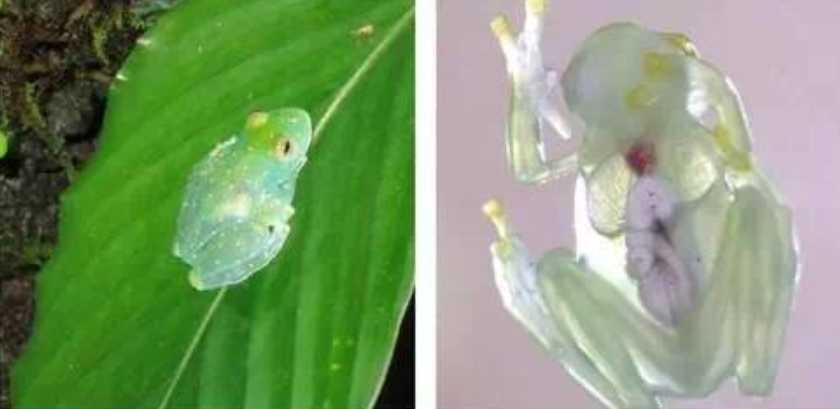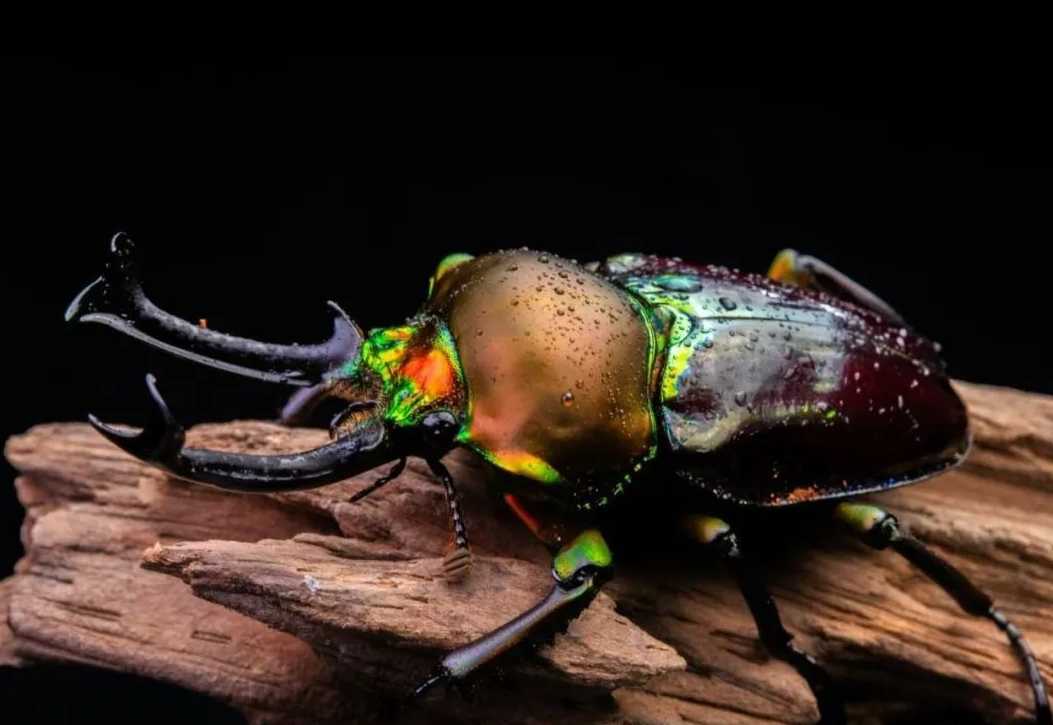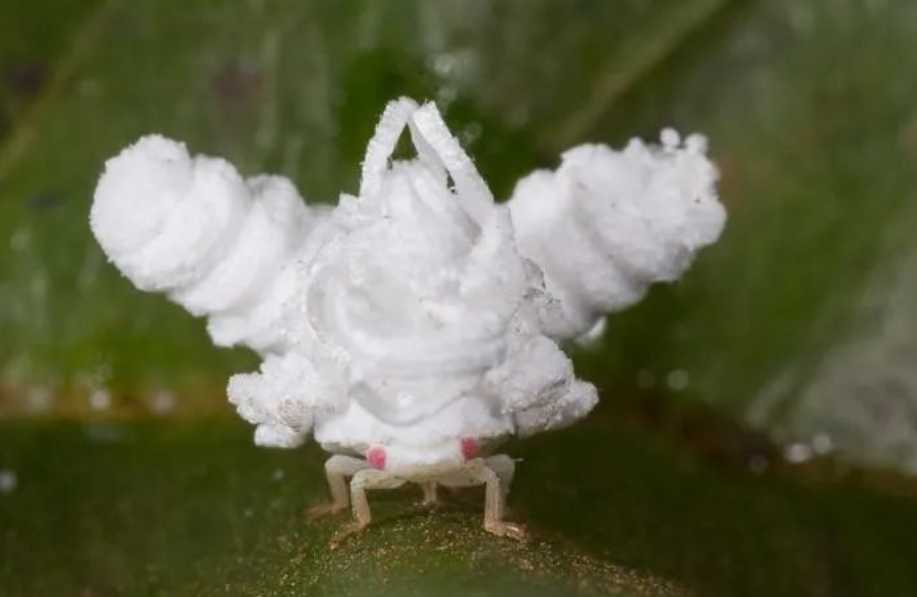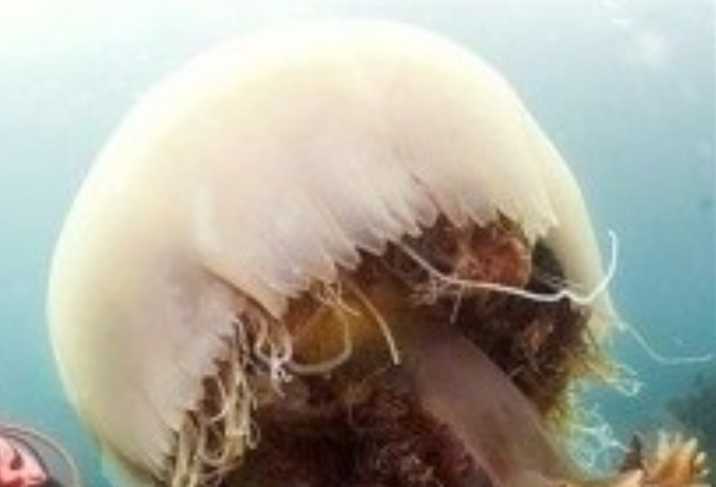The Glass Frog: Nature’s Transparent Amphibian with a Window to Its Inner World
Native to the cloud forests of Central and South America, the glass frog (family Centrolenidae) is a remarkable amphibian celebrated for its most unique trait—transparent skin on its belly, allowing observers to see its beating heart, intestines, and even eggs. This evolutionary marvel has captivated biologists, offering a rare glimpse into the inner workings of a living animal.

Source: Images from the Internet, if there is any infringement, please contact the removal of
Transparency as a Survival Strategy
- Anatomical Wonder
The frog’s ventral skin is so clear that organs like the liver, stomach, and ovaries are visible through the tissue. Males often have a more translucent abdomen, while females carrying eggs display greenish-yellow ova through their skin. This transparency, achieved by minimizing collagen fibers and pigment cells, helps the frog blend with sunlit leaves, making it nearly invisible to predators. - Physical Traits
Ranging from 2–8 cm in length, glass frogs have lime-green dorsal skin for camouflage among foliage, large adhesive toe pads for tree-climbing, and bulging eyes that peer upward to spot prey or threats. Species like Cochranella mache have even been observed altering skin transparency by redistributing pigment cells.
Life Cycle and Ecological Role
- Breeding in the Canopy
Females lay eggs on the undersides of leaves overhanging streams. Males guard the clutch, keeping it moist to prevent dehydration. When tadpoles hatch, they drop into the water below, where they develop into froglets. This strategy avoids terrestrial predators but exposes them to aquatic threats like fish. - Insect Control and Ecosystem Health
As insectivores, glass frogs feed on mosquitoes, ants, and small arthropods, helping control pest populations. Their sensitivity to habitat disturbance makes them excellent indicators of rainforest health; declines in their numbers signal deteriorating water quality or deforestation.
Conservation Challenges and Scientific Interest
- Threats to Transparency
Listed as "Vulnerable" or "Endangered" in many regions, glass frogs face risks from deforestation, climate change, and the chytrid fungus epidemic. Their reliance on specific microhabitats (e.g., streams with overhanging vegetation) makes them particularly susceptible to habitat loss. - Medical and Biological Insights
Researchers study their transparent skin to understand tissue clarity and wound healing, while their unique embryonic development (outside water) provides clues to amphibian adaptation. The frog’s ability to hide internal structures without compromising organ function has even inspired materials science for transparent biomedical implants.
In the mist-shrouded forests of the Neotropics, the glass frog stands as a testament to nature’s ingenuity—an organism that turned vulnerability into a survival advantage by revealing its own biology. Its transparent body not only defies predation but also invites humanity to marvel at the delicate beauty hidden within life’s most unassuming forms.
-------- END --------






